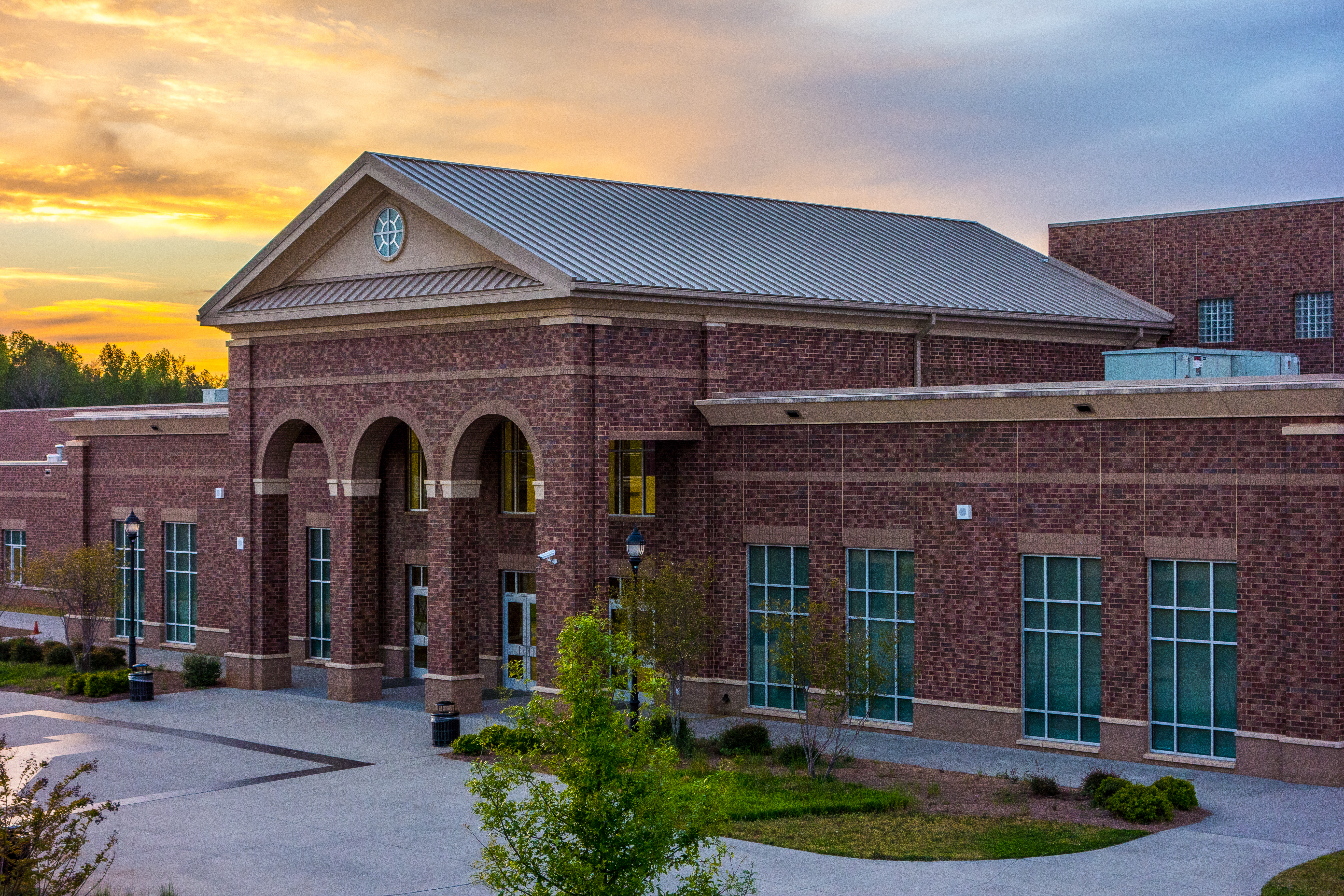The NSW State Government has announced that the principals of the State’s most disadvantaged public schools will receive an increased salary in order to encourage strong candidates to apply to work at challenging schools. This initiative is part of a $20 million program aimed at raising the quality of the candidates and improving the support provided to principals. The program will operate alongside other measures such as a mentoring program for first-year principals and an increased scrutiny of student results.
Increased funding for salaries
The Sydney Morning Herald reports that these measures have been designed as a financial incentive to ensure that disadvantaged schools attract candidates that are able to manage the challenges of a ‘tough’ school. NSW Education Minister Adrian Piccoli used the example of Claymore Public School in Western Sydney as a school that would qualify for an increased salary for the principal. Currently, the school’s principal is paid the same as principals at other schools with a comparable number of enrolments, despite Claymore Public School’s large number of students with intellectual disabilities and students from disadvantaged backgrounds. The top salary for principals in public schools in NSW is $190,000, but this is determined by enrolment numbers and school type rather than an evaluation of the difficulty of the role.
Mr Piccoli also discussed other changes, such as a new credential required by new principals that would ensure that they had the required leadership and management skills when beginning their role. A mentorship program will also be introduced for new principals who will be assisted by an experienced principal in their first year.
These changes have been described as a ‘seismic shift’ by the president of the NSW Primary Principals’ Association, Geoff Scott. The changes aim to change the present approach to school classification based on enrolment numbers, which Mr Scott argues is simplistic. He believes that schools should instead be rated on their relative complexity, and that a funding model based on this classification system is more consistent with a needs-based system.
Challenging environments can cause serious harm
Mr Piccoli stated that the NSW Government has changed the way it calculates principal salaries to reflect the reality that ‘students and schools need different levels of support’. The challenges of teaching at a difficult school often means that increased support must be provided for teachers and principals, who can suffer from stress brought on by challenging school environments. A previous article on compensation for a teacher in a “rundown” school who suffered a chronic depressive disorder, associated anxiety and suicidal ideation demonstrates that the risks of a stressful work environment can have extremely serious consequences.
As a result, the principals at these schools must often work harder and against greater challenges to ensure that their teachers are provided with a safe work environment. Teachers may require greater support in disadvantaged schools and can require monitoring if they are under significant pressure based on the work environment. This increases the difficulty of the principal’s job, which demonstrates why the State Government believes that it is necessary to increase the salary of principals in disadvantaged schools by over 10%.
Need for more support for principals
Mr Scott has stated that it is increasingly difficult to fill positions in challenging schools, which is unsurprising as there is no financial incentive to voluntarily take on a greater and more difficult workload. Principals can face increasing complexity in their jobs, with over $9 million in claims for stress and injury paid to principals and teachers between 2010-2014 in Victoria alone. A 2014 study also found that a quarter of principals had been abused by parents, with adults in schools four times more likely to be bullied by another adult than the rest of the population.
Our earlier article Study finds principals are bullied by parents; calls for independent watchdog discussed a study into the occupational health, safety and well-being of principals in Australia. It found that:
- principals learn to deal with the emotional demands of their roles ‘on the job’; and
- although the education sector deals with highly charged emotional interactions, it does not have the same ‘debriefing’ sessions as professions like psychology and social work.
The new measures do not fully address the concerns raised in the report, but the role of increased mentoring and greater incentives for excellent candidates to apply for challenging positions should help foster a greater environment of support towards principals as they aim to improve standards in disadvantaged schools.
Implications for non-government schools
These measures only affect the salaries of principals of government schools, as non-government schools set their salaries separately and are usually not subject to public scrutiny. If the non-government school is part of a larger group, there may be set rates of pay for principals in place. For example, the Catholic Education Office of Western Australia determines the base salary for principals based on the number of enrolments at the school. This is similar to the current system in place in NSW which is being altered by the new initiatives of the State Government.
It is interesting for those working in the non-government sector to note that the NSW government is looking beyond enrolment numbers in assessing the difficulty of specific roles and is using this assessment to determine the principal’s salary.
Support is available for anyone who may be interested in information on suicide prevention by phoning Lifeline 13 11 14; Mensline 1300 789 978; Kids Helpline 1800 551 800.


.png)
